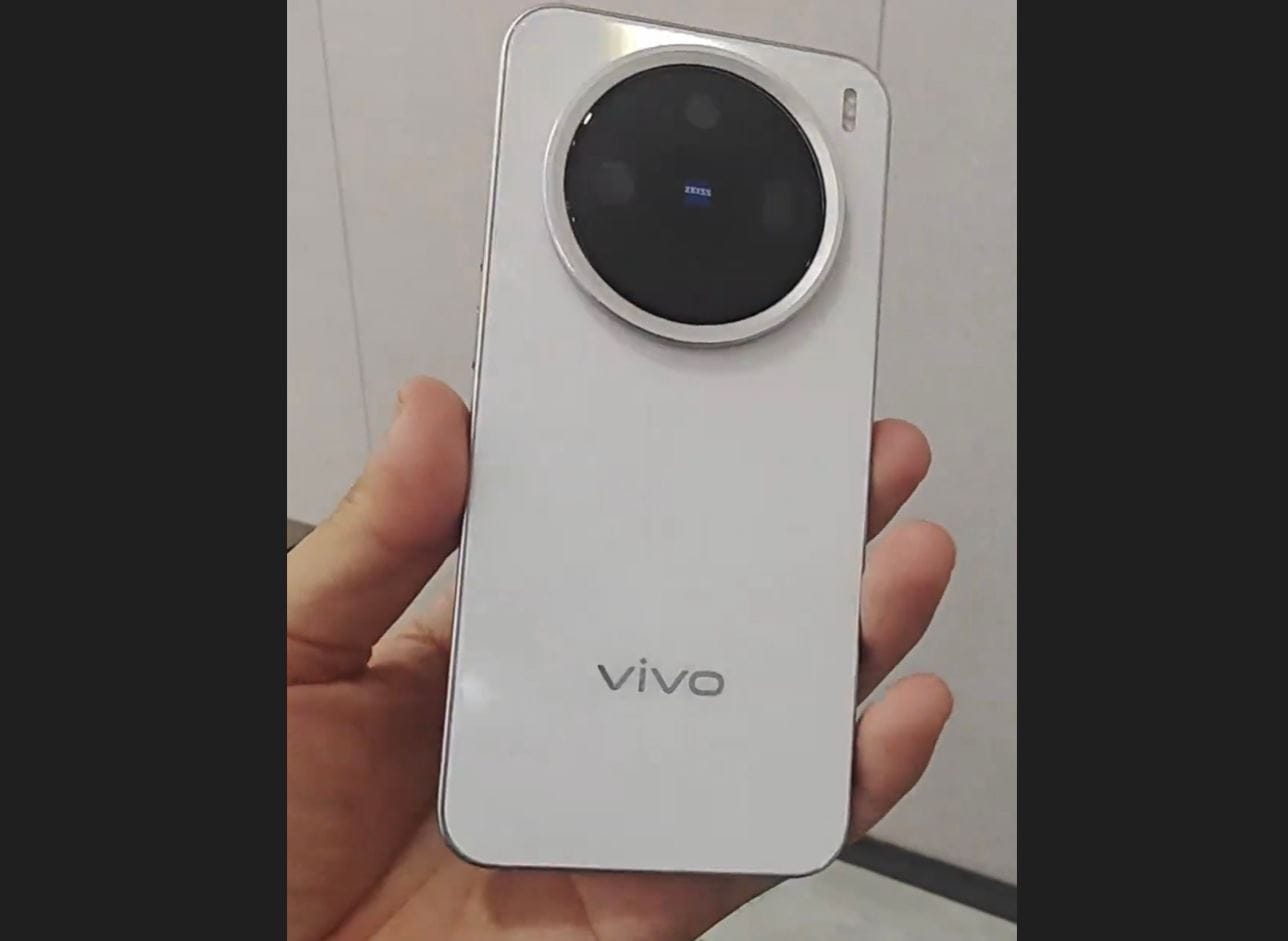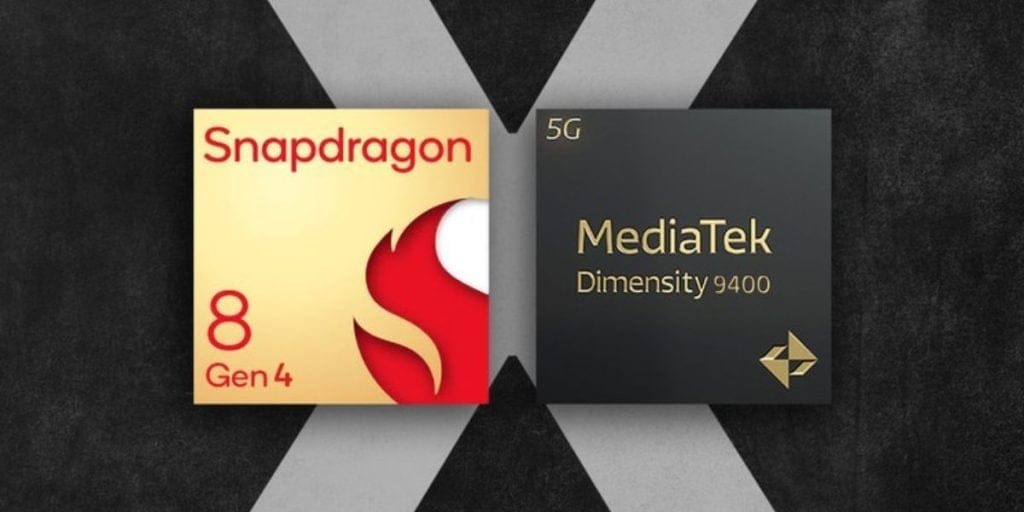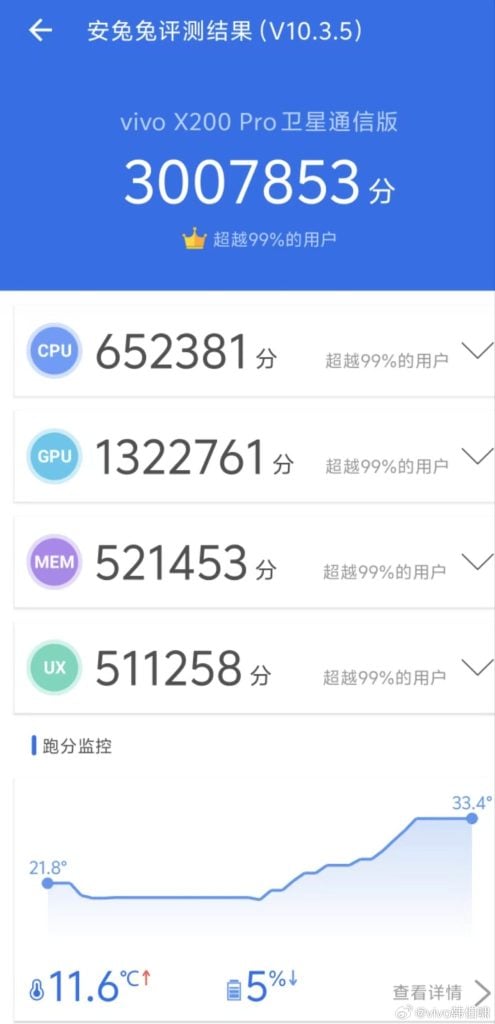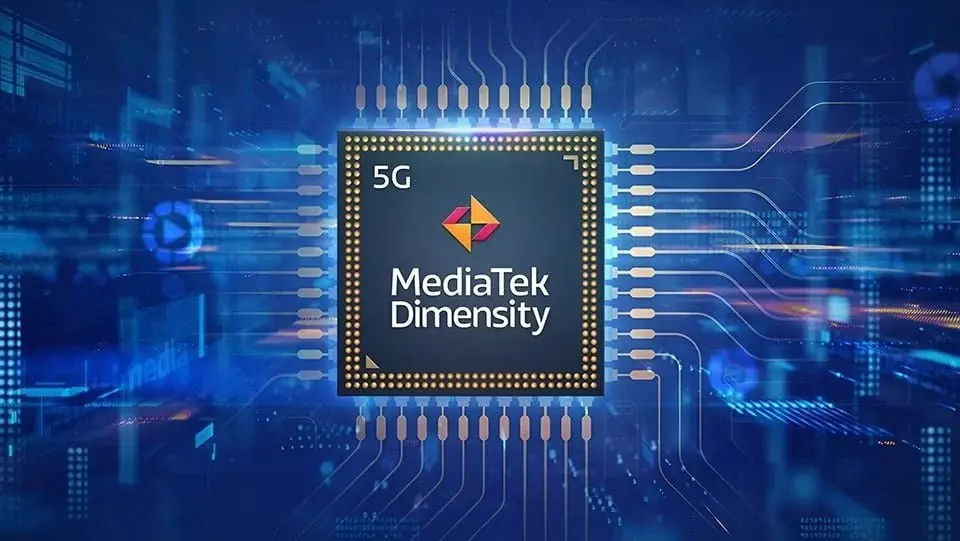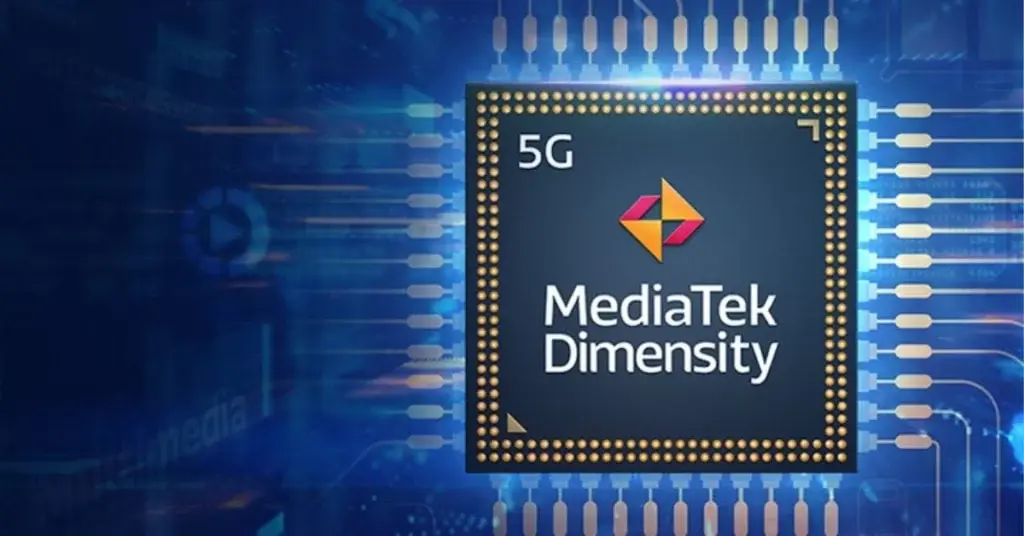MediaTek has introduced its new top-tier chipset, the Dimensity 9400, which aims to provide unmatched performance and efficiency for future smartphones. This chipset marks a major improvement over the Dimensity 9300, bringing better CPU performance, enhanced AI functions, and upgraded gaming capabilities.
Innovative CPU Design and Energy Efficiency
The Dimensity 9400 features MediaTek’s second-generation All Big Core architecture. It includes a strong Arm Cortex-X925 core that runs at speeds exceeding 3.62GHz, alongside three Cortex-X4 cores and four Cortex-A720 cores. This setup achieves 35% improvement in single-core performance and 28% boost in multi-core performance when compared to the Dimensity 9300. Manufactured using TSMC’s advanced 3nm process, the Dimensity 9400 is up to 40% more efficient in power use, leading to a longer-lasting battery life.
Superior AI Features
One of the highlighted aspects of the Dimensity 9400 is its 8th Generation NPU, which brings pioneering advancements in generative AI capabilities. It is the first mobile chipset that allows on-device LoRA training and high-quality video generation directly on the device. MediaTek’s new Dimensity Agentic AI Engine (DAE) upgrades standard AI applications into more advanced agentic AI applications, achieving 80% faster performance in large language model (LLM) prompts while being 35% more efficient in power consumption.
Outstanding Gaming Experience
The Dimensity 9400 ensures a captivating gaming experience thanks to its 12-core Arm Immortalis-G925 GPU, which provides up to 40% faster ray tracing performance than its predecessor. It also supports opacity micromaps (OMM) for realistic visual effects and delivers a 41% increase in peak performance while saving up to 44% in power. Moreover, the HyperEngine technology, developed together with Arm, offers superb resolution and impressive image quality.
Advanced Multimedia and Camera Capabilities
This chipset comes with the MediaTek Imagiq 1090, which supports HDR video recording across the full zoom range. The Smooth Zoom feature makes it easier to capture moving subjects and cuts down power usage by as much as 14% during 4K60 video recording. It can handle a maximum camera sensor of 320MP and allows for 8K60 video capture.
Connectivity and Extra Features
The Dimensity 9400 includes a new 3GPP Release-17 5G modem with 4CC-CA, providing performance of up to 7Gbps in sub-6GHz bands. It also incorporates a fresh 4nm Wi-Fi/Bluetooth combo chip with data rates of 7.3Gbps and Wi-Fi 7 tri-band MLO support. The MediaTek Xtra RangeTM 3.0 feature enhances Wi-Fi coverage by up to 30 meters. This chipset supports 5G/4G Dual SIM Dual Active and tri-fold smartphones, allowing companies to create unique device designs.
Launch Timeline
Smartphones powered by the MediaTek Dimensity 9400 are set to be released in Q4 2024. The Vivo X200, X200 Pro, and X200 Pro Mini will be the first devices with the Dimensity 9400, launching on October 14 in China. Additionally, the Find X8 series, expected to be unveiled on October 24 in China, will also utilize the D9400 chipset.





